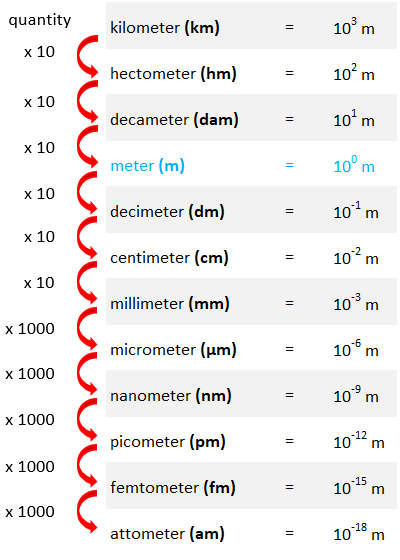A2.2: Cell Structure
1/28
Earn XP
Description and Tags
Name | Mastery | Learn | Test | Matching | Spaced |
|---|
No study sessions yet.
29 Terms
Magnification formula
Measured size of image/Actual size of specimen
How many micrometers to a mm?
1,000

Light microscope max. magnification
2,000x
Electron microscope max. magnification
+500,000x
Prokaryote size range
1-10μm
Eukaryote size range
10-100μm
Freeze fracture
Making a biological sample by freezing the specimen and physically breaking it, which makes a plane that is visible with a microscope.
Common in all cells
DNA in some form
Cytoplasm made mainly of water
Plasma membrane
Conduct all functions of life
Differences between prokaryotes and eukaryotes
Enclosed or nucleoid DNA
Organelles present
Mitochondria present
Cell size
Ribosome size
Capsule
Additional external layer present in some bacteria, made of a polysaccharide. Allows certain bacteria to adhere to teeth and skin.
Plasmids
Seperate DNA units that may occur in bacteria. They reproduce independently of chromosomal DNA.
Binary fission
Bacterial cell division
Centrioles
Help facilitate nuclear division: comprised of microtubules, which pull chromosomes apart during mitosis.
Lysosomes
Sacs which can contain and transport up to 40 enzymes, fuse with old or damaged organelles to break them down.
Functions of life:
Movement, Respiration, Sensitivity, Growth, Reproduction, Excretion, Nutrition, Metabolism, Homeostasis
Unicellular execution of life forms
Flagellum facilitate movement
Vacuoles isolate and store waste, also carry out digestion
Cell membrane controls movement in and out of cell
Mitochondria produce energy
Ribosomes allow growth and repair
Examples of atypical eukaryotes
Coenocytic hyphae
Phloem sieve tube
Skeletal muscle
Red blood cells
Nerve cells
Sperm cells
ER functions
Transports materials internally through the cell
Has specialised enzymes as embedded proteins in its surface, functions include
Production of membrane and cellular lipids
Production of sex hormones
Detoxification of drugs (liver)
Storage of calcium ions (muscle cells)
Helping release glucose from liver into bloodstream when neccessary
Rough ER functions
Protein synthesis and transportation
Prokaryote ribosomes
70S
Eukaryote ribosomes
80S
Golgi Apparatus
Collects, packages and modifies materials from the cis side (facing the ER) through the cisternae and over to the trans side, where the modified materials exit into the cytoplasm.
Mitochondria structure
Double membrane, own DNA, cristae form layers in inner membrane providing a larger surface area for chemical reactions. Produces and contains own ribosomes. This contributes to the endosymbiotic theory.
Human cell with no nucleus
Red blood cell
Chloroplast structure
Double membrane, own DNA, own ribosomes. Inner layer forms grana, made of piles of thykaloids.
Coenocytic hyphae
Fungi filaments lacking cross-walls, results in one large cell with multiple nuclei
Ploem sieve tube elements
Plant cells with minimal cell components, pores in end wall to allow transport of water through plants.
Red blood cells specialisation
Large surface area, no nucleus, allows them to carry large amounts of oxygen
Sperm cells specialisation
Lots of mitochondria and a tail